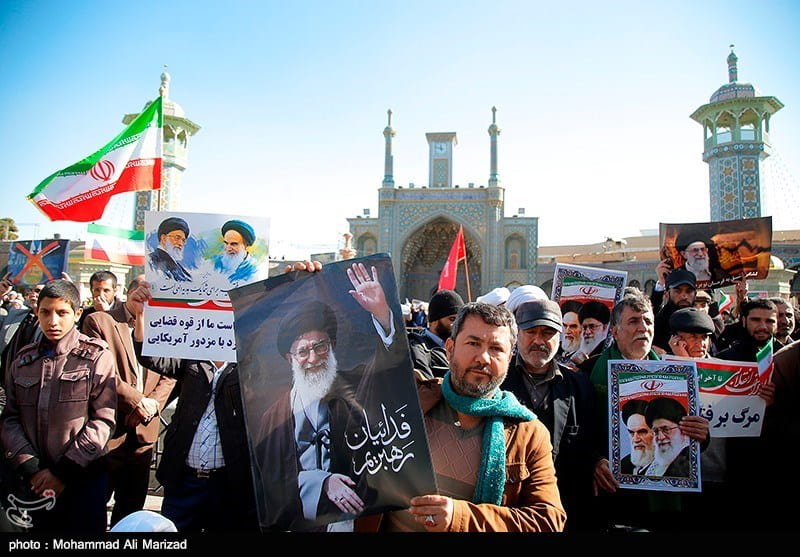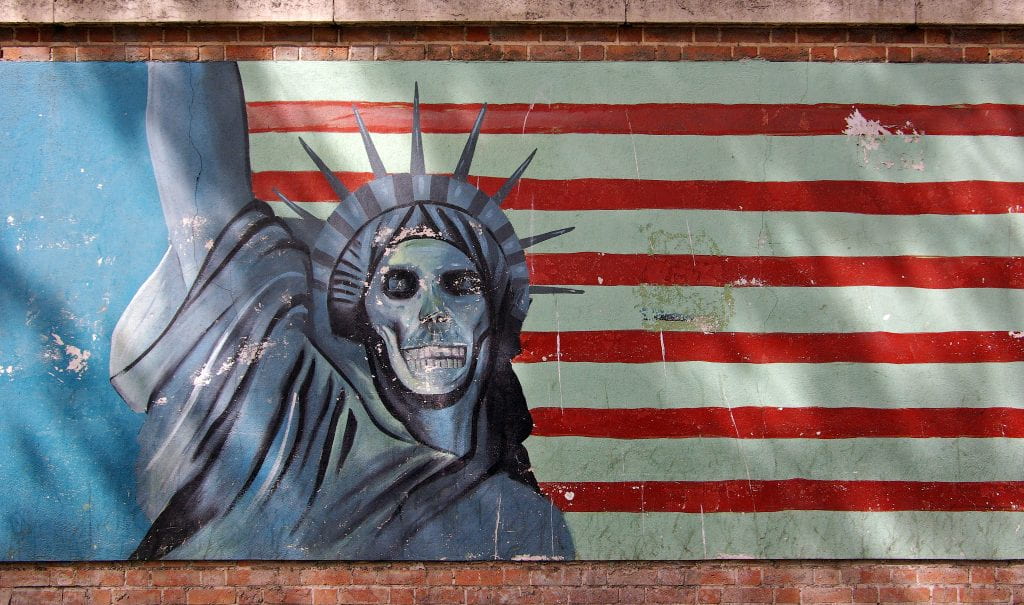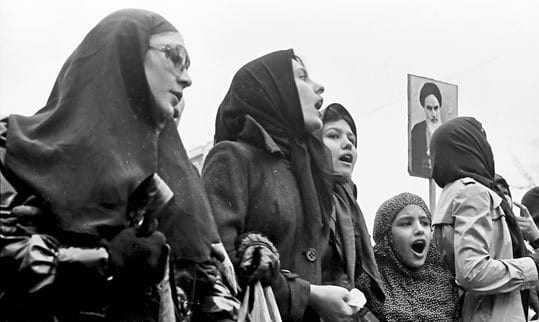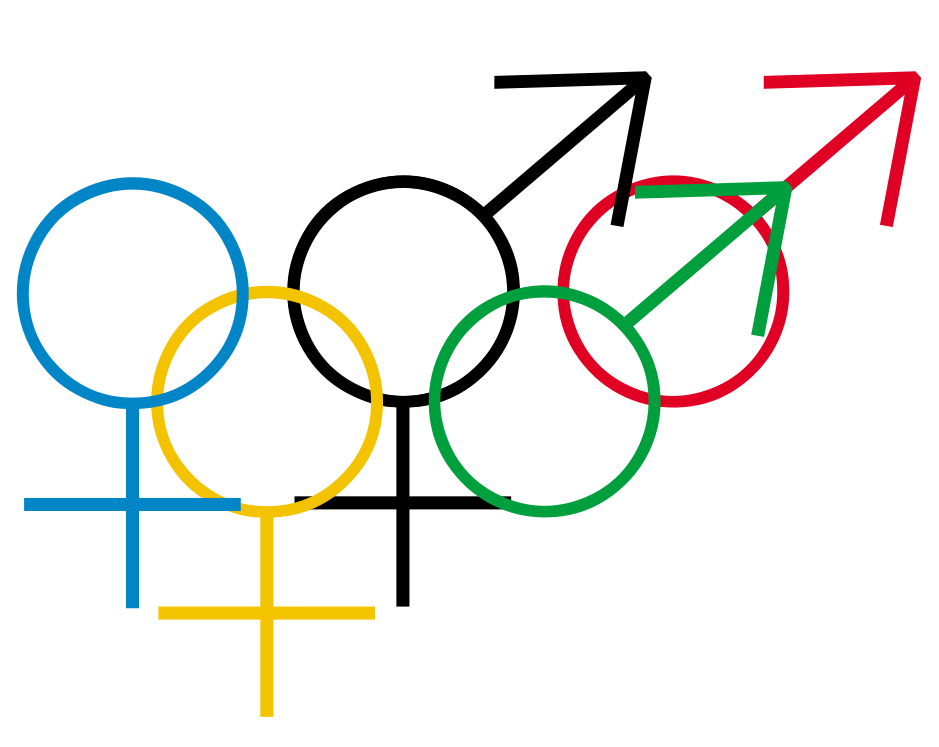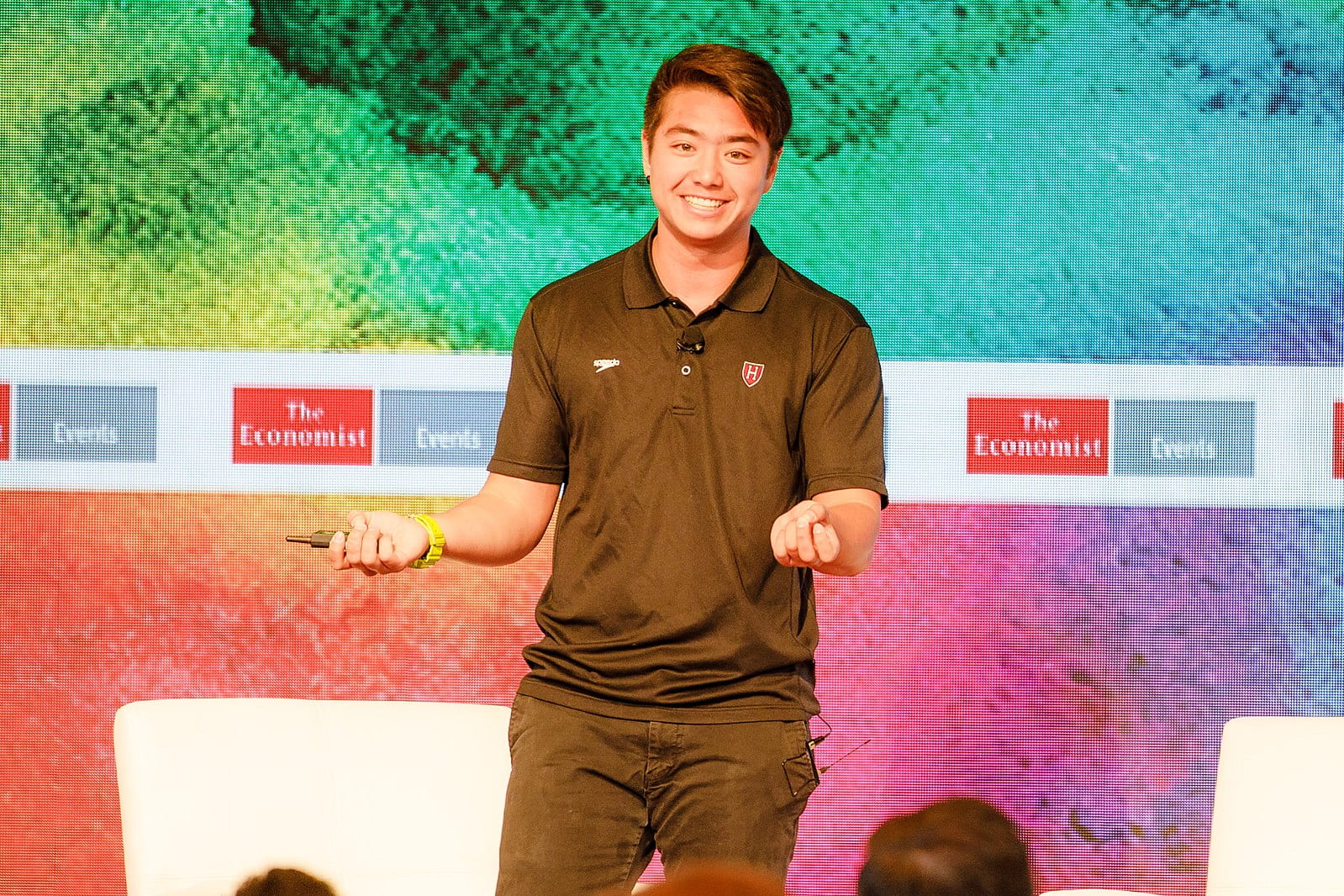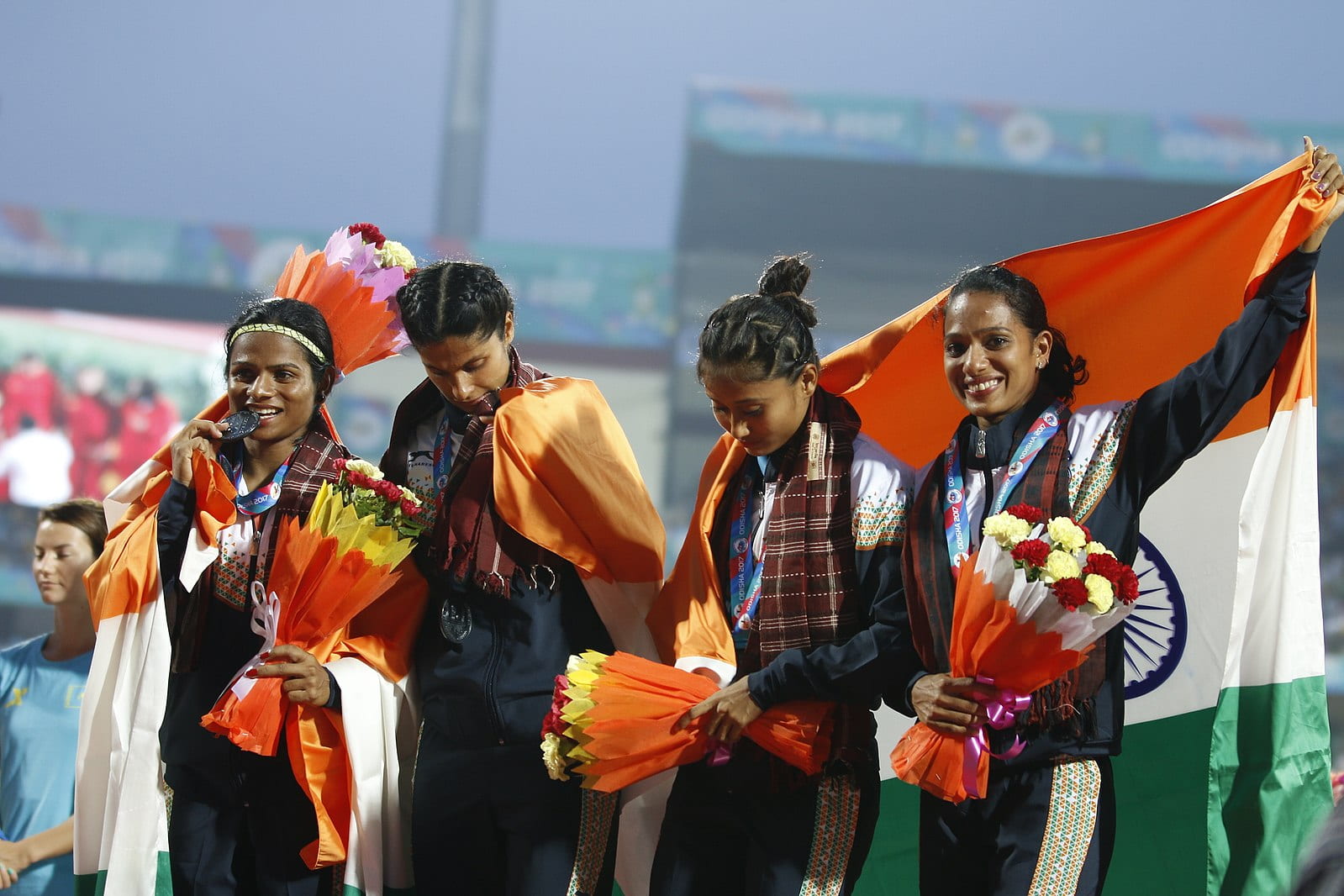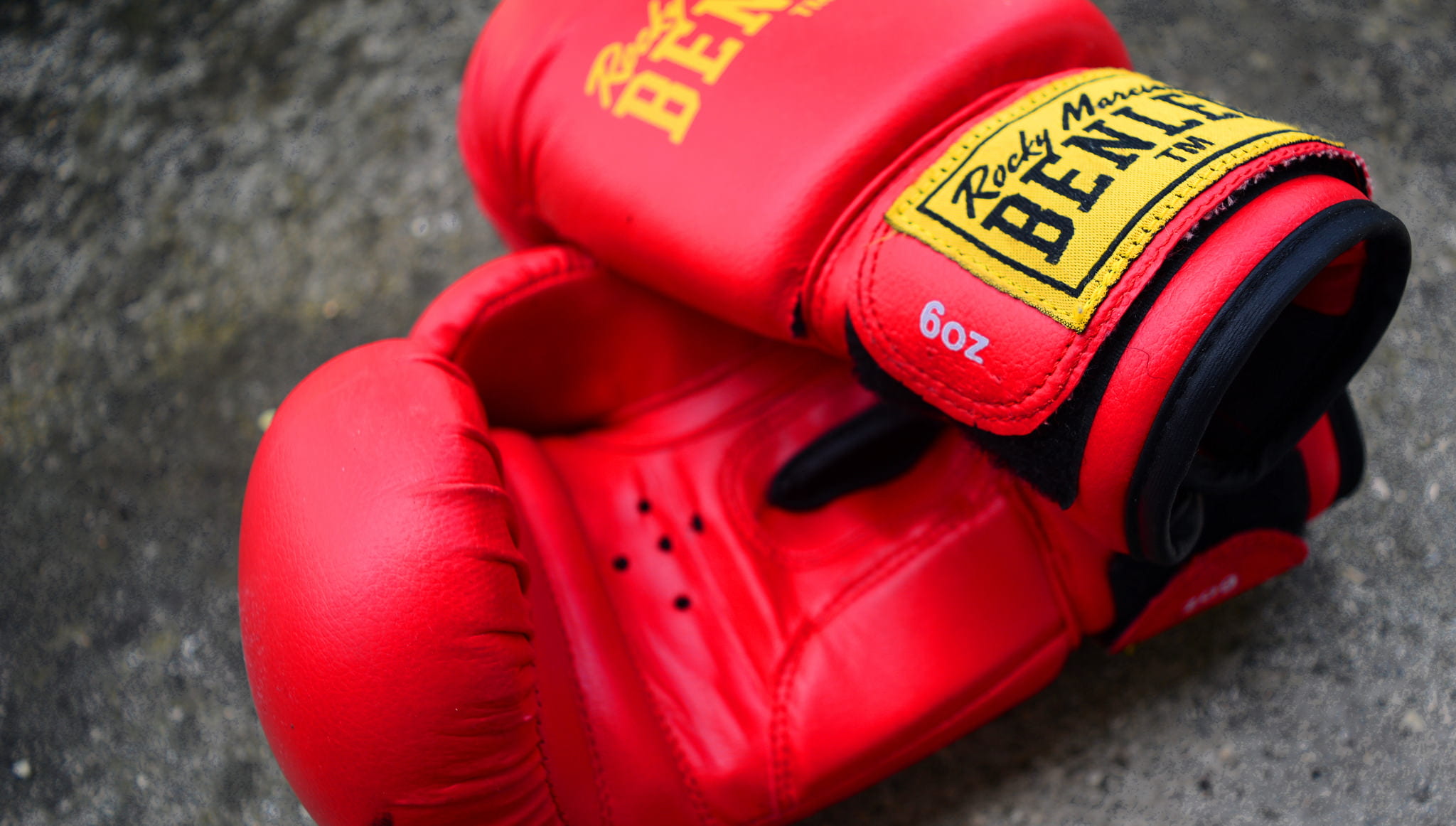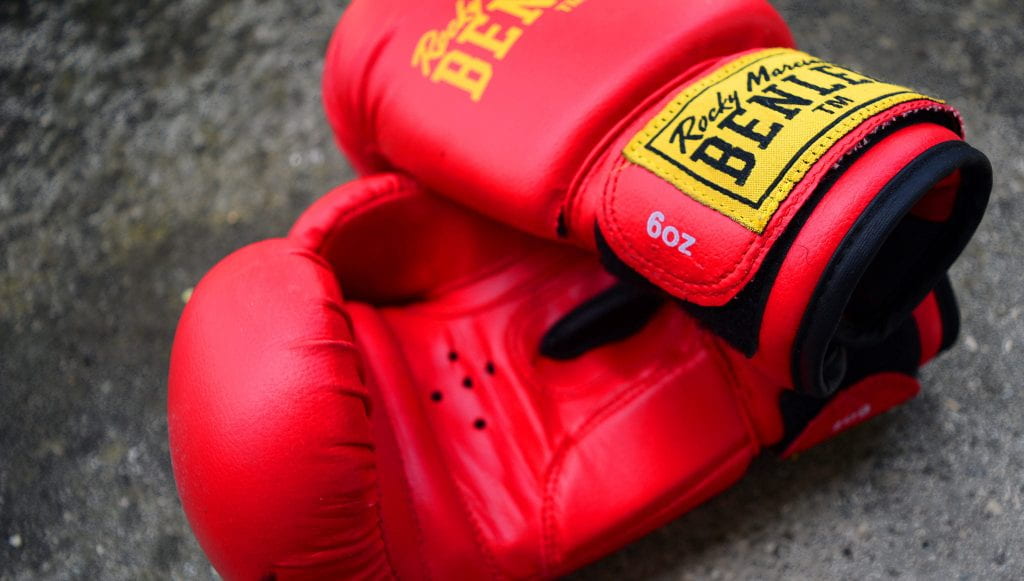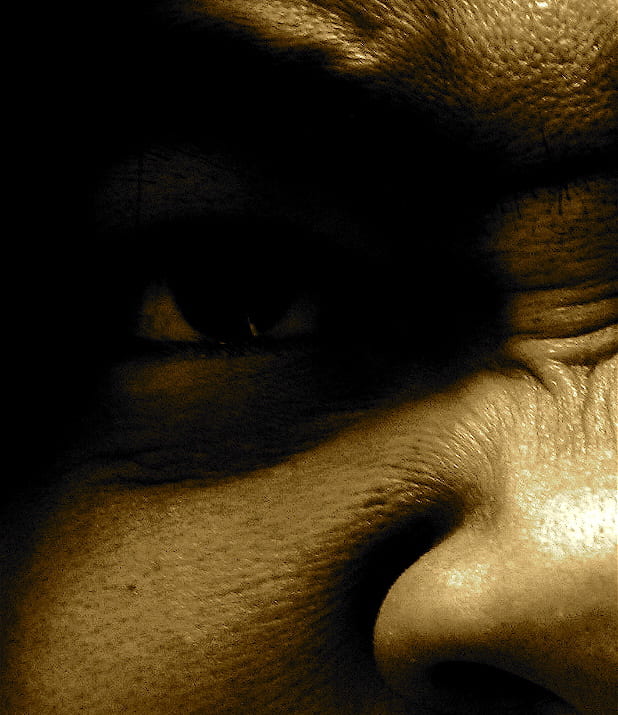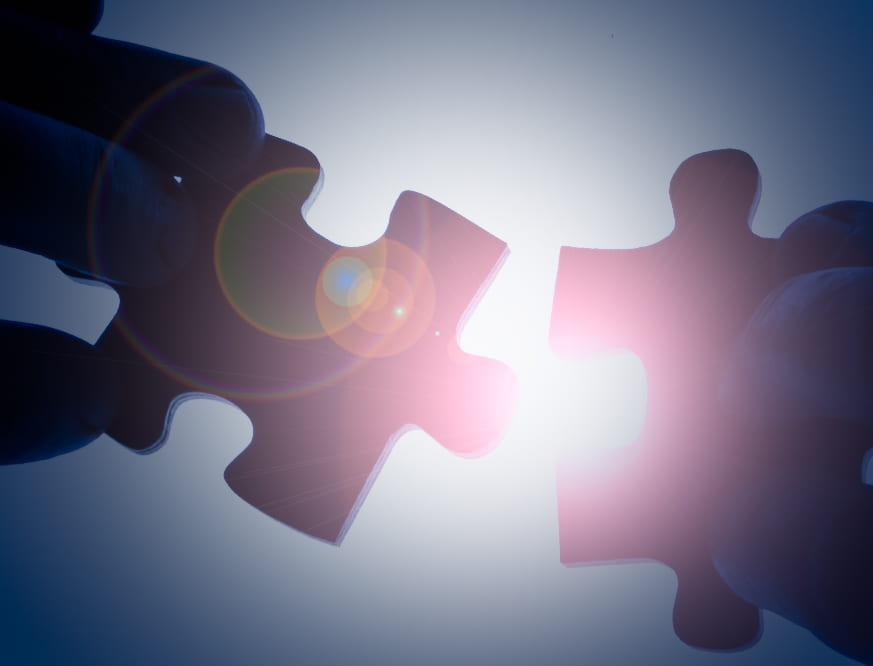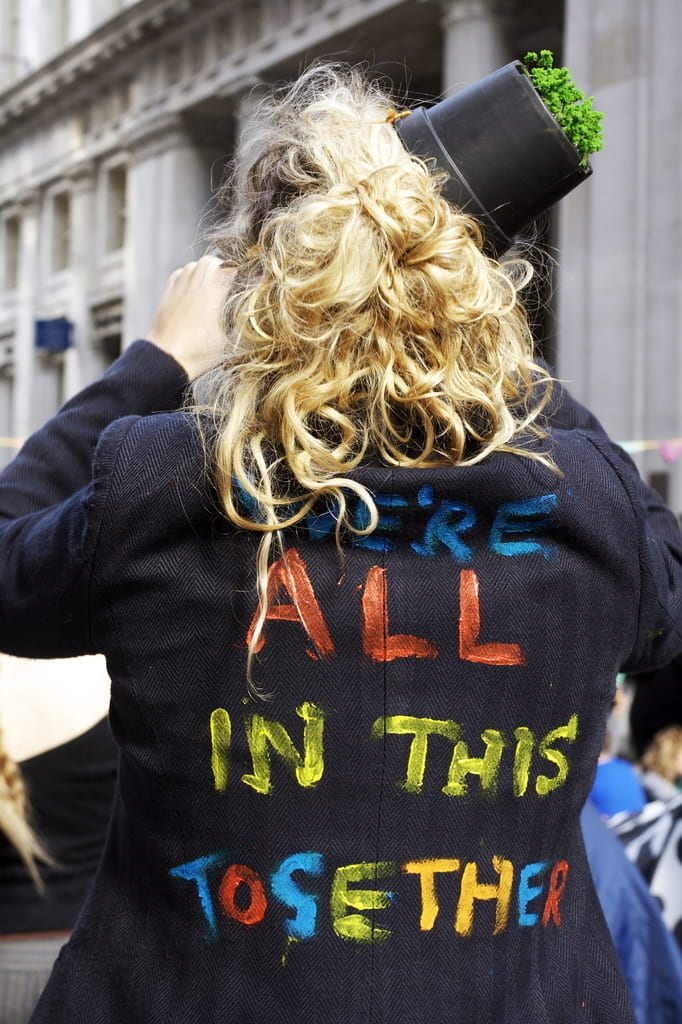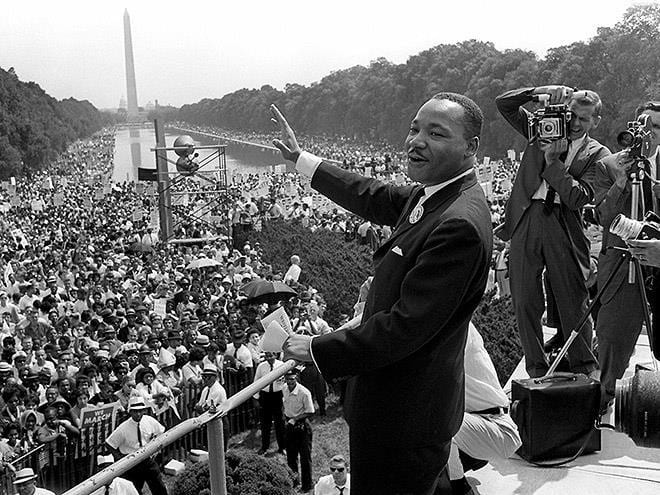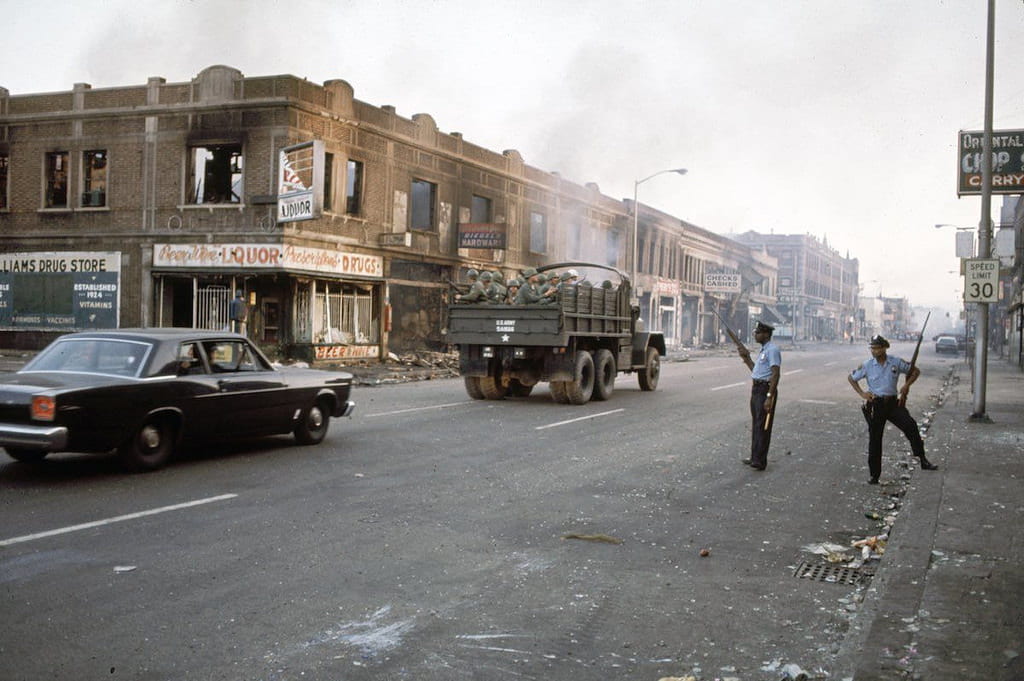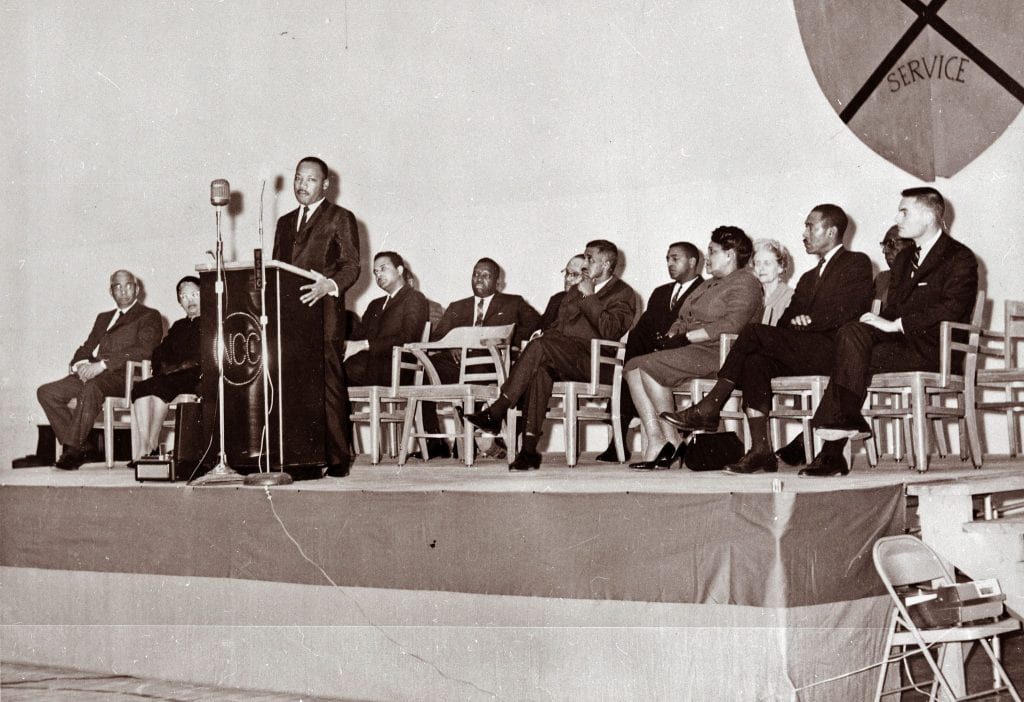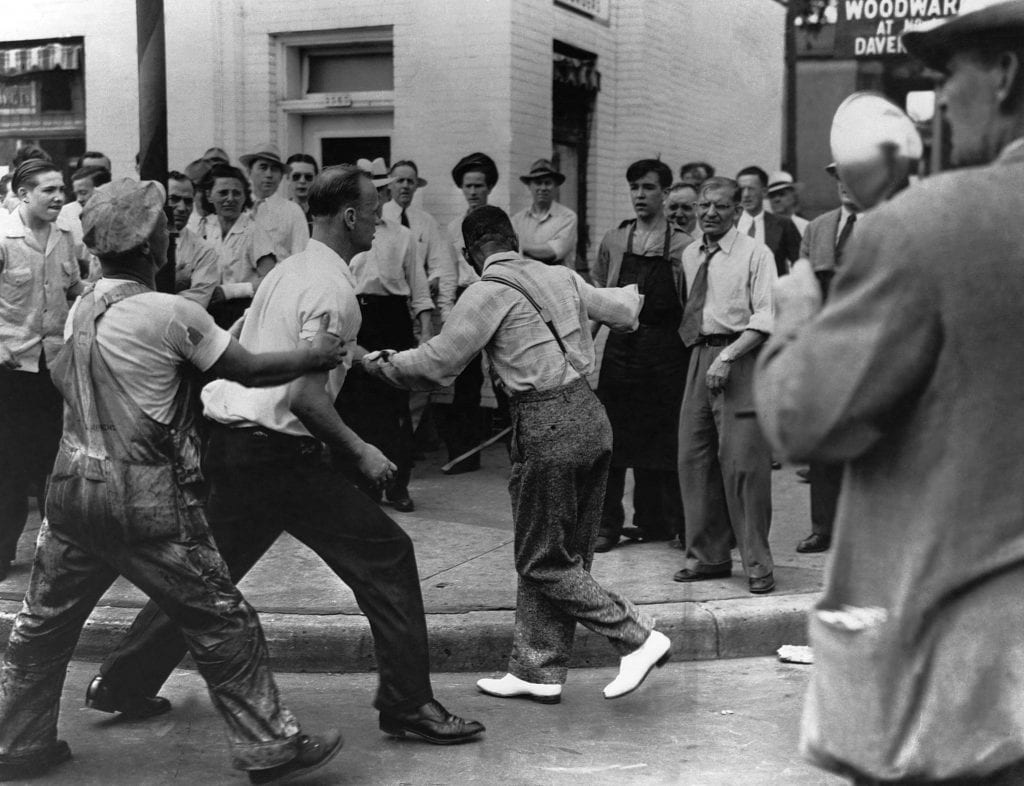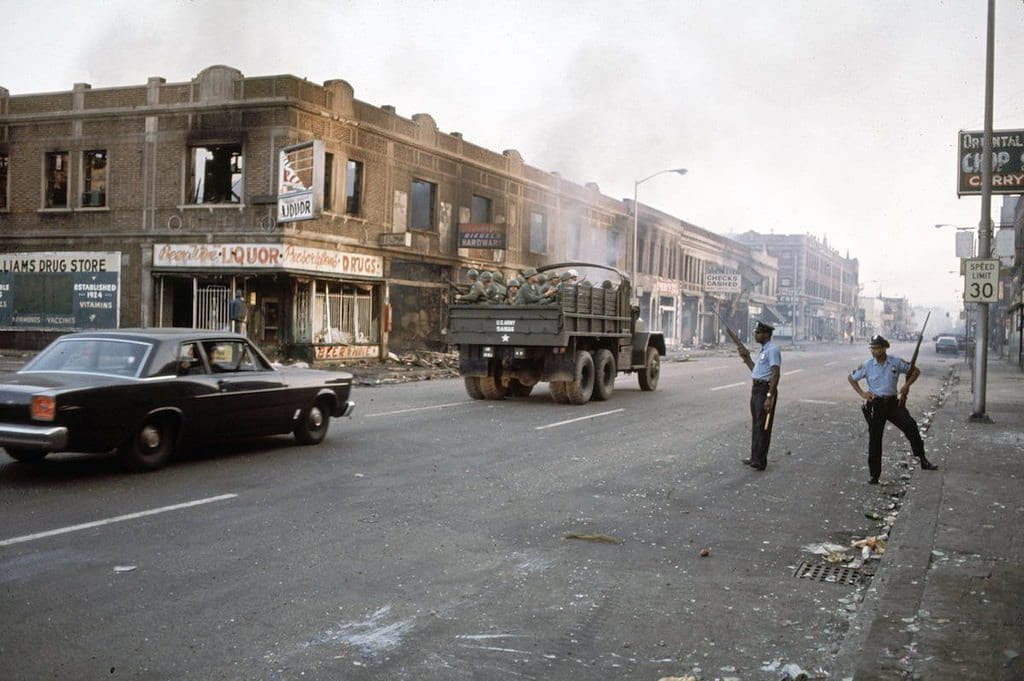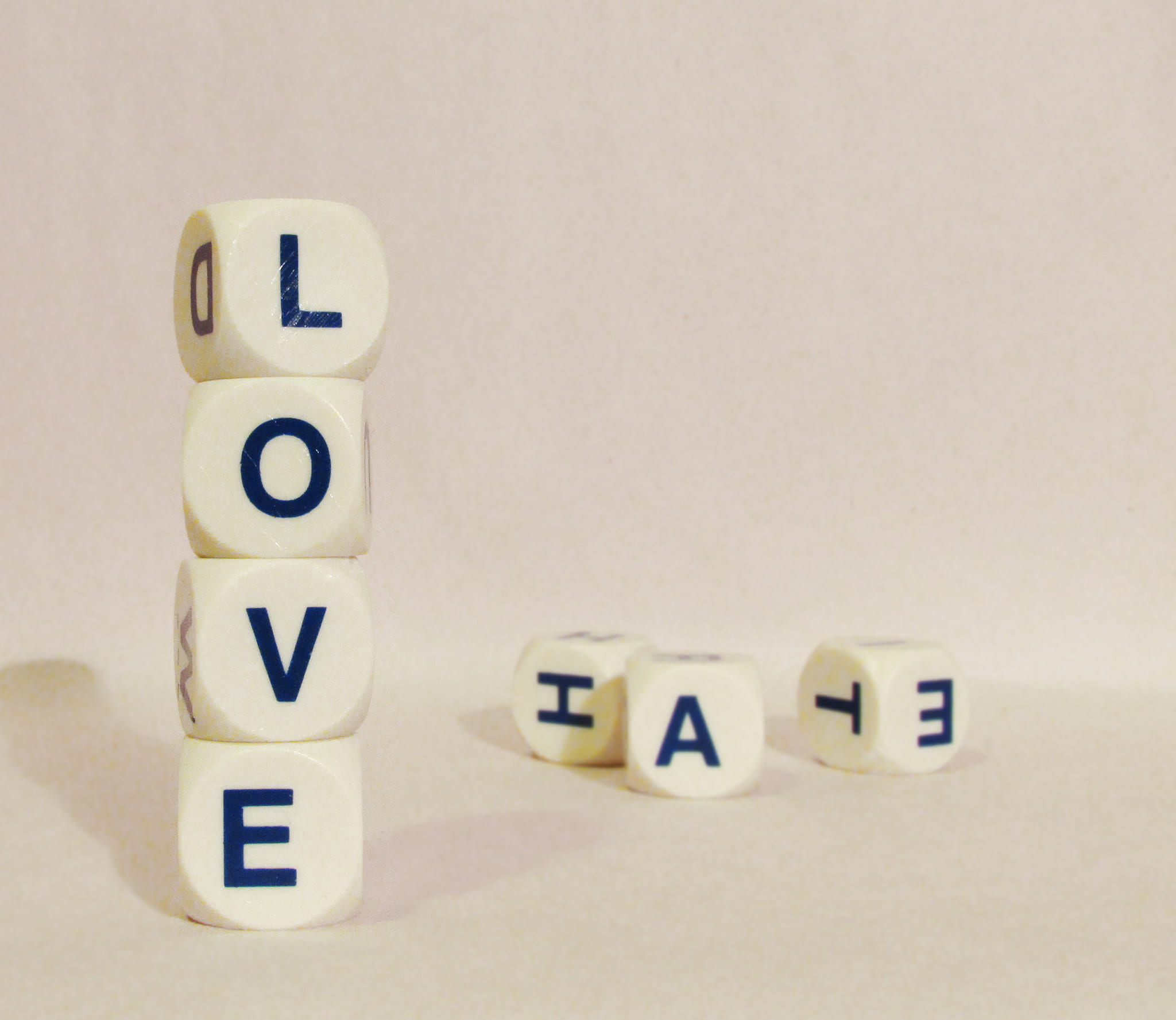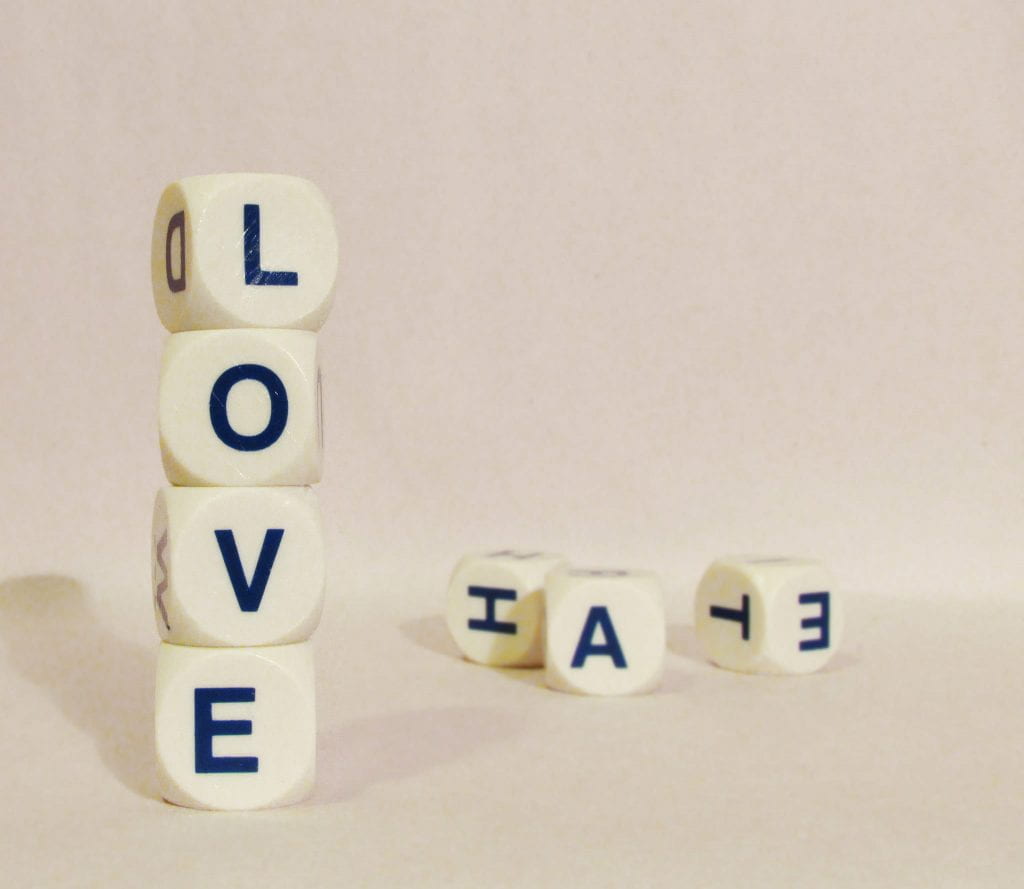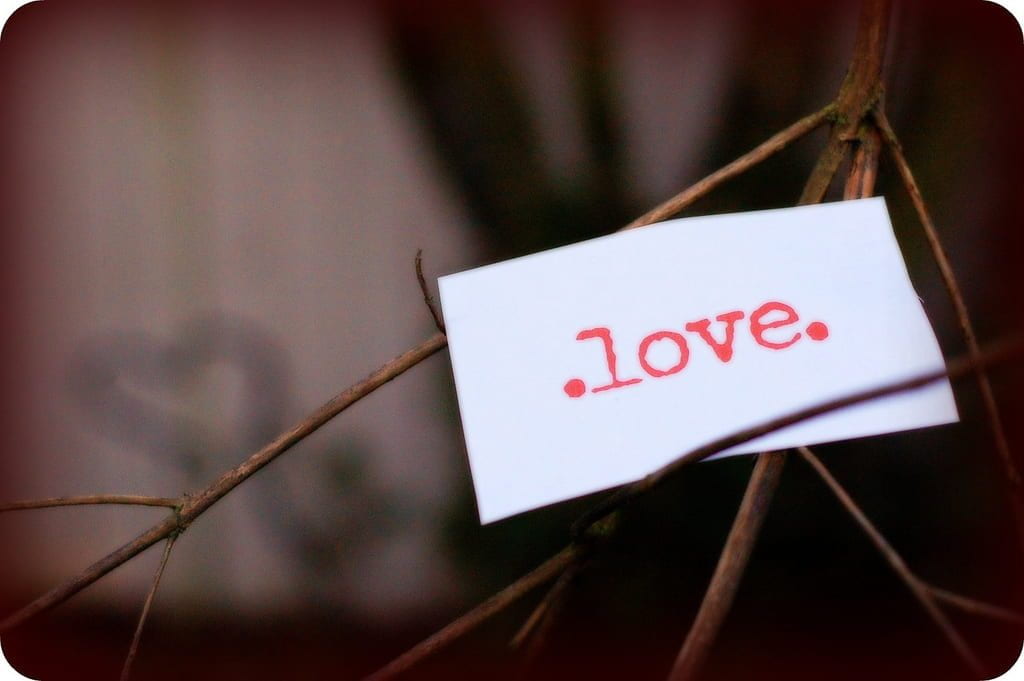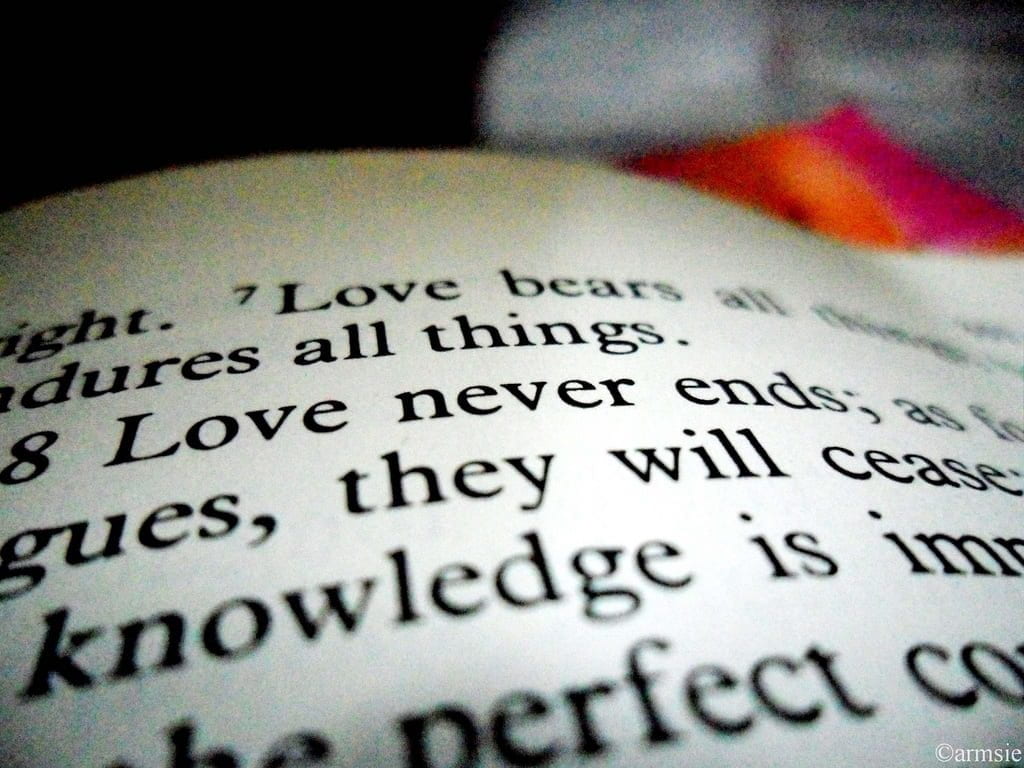Simply because you cannot see air pollution, does not mean air pollution does not exists. Often, pressing issues such as air pollution and other environmental problems such as soil contamination are dismissed because the effects of pollution are not always tangible until extreme environmental disasters occur. On December 5, 1952 the residents of London, England suffered five days of devastating toxic clouds known as the Great Smog. Various factors contributed to the creation of the smog, daunting the city of London. First, London, England was a manufacturing city utilizing coal for industrial purposes. Second, residents used coal in household heaters to brace against the December cold. Exacerbated by acrid black smoke from millions of chimneys and manufacturing plants, “a high-pressure weather system had stalled over southern England and caused a temperature inversion, in which a layer of warm air high above the surface trapped the stagnant, cold air at ground level. The temperature inversion prevented London’s sulfurous coal smoke from rising, and with nary a breeze to be found, there was no wind to disperse the soot-laden smog.”

The consequences of this event were immense, as an estimated 4,000 people died due to health conditions, such as bronchitis and pneumonia which increased more than seven-fold in the immediate aftermath of this environmental disaster.
Outdoor Air Pollution
The Great Smog is one consequence of extreme environmental pollution. In the subsequent 60 years+ since the Great Smog, countries over the world such as China and India continue to bare the effects of both outdoor and indoor air pollution on the health communities. The effects of air pollution on the health of populations is a human rights issue; it essentially affects one’s right to health and life. Numerous epidemiological studies formally recognize the negative effects of air pollution on human health. In 2013, air pollution was officially classified as a cause of lung cancer by World Health Organization’s (WHO) International Agency for Research on Cancer (IARC). WHO finds “the combined effects of ambient (outdoor) and household air pollution cause about 6.5 million premature deaths every year, largely as a result of increased mortality from stroke, heart disease, chronic obstructive pulmonary disease, lung cancer and acute respiratory infections.” And more specifically, the WHO states ambient air pollution globally causes:
1) 25% of all deaths and diseases from lung cancer,
2) 17% of all deaths and diseases from acute lower respiratory infection,
3) 16% of all deaths from stroke internationally,
4) 15% of all deaths and disease from ischemic heart disease, and
5) 8% of all deaths and disease from chronic obstructive pulmonary disease.
Human activity is a driving force behind air pollution. Human activities contributing to air pollution include industrial facilities such as manufacturing companies, power generation such as coal plants, fuel combustion from motor vehicles, and waste burning.
The morbidity and mortality contact to air pollution causes globally emphasizes how our personal contributions to air pollution not only harms us individually but also affects everybody else on this earth. Air pollution wasn’t caused by one entity, but rather accumulate to dangerous levels due to the actions of people from every single part of the world. Optimistically, there are plentiful habits people can change in their lives to promote cleaner air. On a community level, individuals can participate in carpooling to places such as school or work to reduce toxic emission from transportation, eliminating waste generation by not using plastic materials and recycling to prevent potential waste burning, and even supporting local community groups that address pollution concerns by volunteering. Education is also another tool that is needed to decrease levels of air pollution. Communities may not be aware of the consequences of exposure to air pollution. Educating communities about methods to decrease the production of pollution empowers people to improve and protect the health of their communities. As people, we will need to continue to work together to combat air pollution, educate communities, and implement sustainable life style changes.
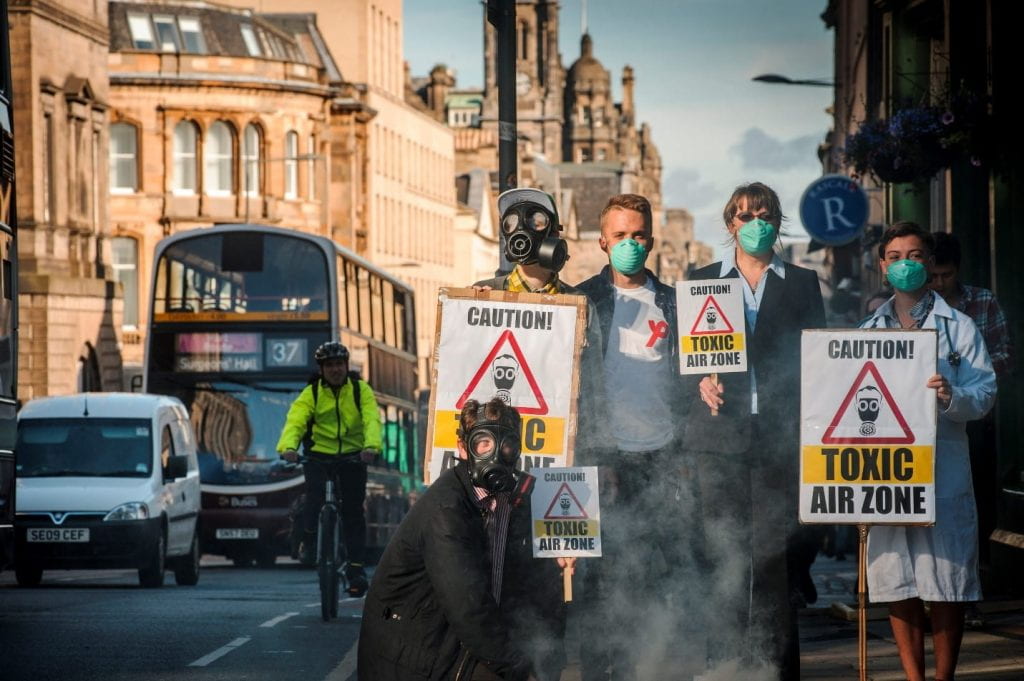
Indoor Air Pollution
Even though air pollution impacts the entire global community, lower income communities are at greater risk of exposure to indoor air pollution (IAP). The World Health Organization states “3 billion people cook and heat their homes using solid fuels (i.e. wood, charcoal, coal, dung, crop wastes) on open fires or traditional stoves. Such inefficient cooking and heating practices produce high levels of household (indoor) air pollution which includes a range of health damaging pollutants such as fine particles and carbon monoxide.” As a result, 4.3 million deaths may be accredited to the negative health impacts of household air pollution annually.
Exposure to air pollution is inequitable. Rural and lower socioeconomic communities do not have access to sufficient stoves, energy and indoor ventilation, creating disproportionally exposure to household indoor and potential negative health effects. WHO finds approximately 90% of the 3 million premature deaths due to outdoor air pollution transpired in low- and middle-income countries. Furthermore, the highest burden of outdoor air pollution occurred in the WHO Western Pacific and South-East Asia regions. Additionally, in 2000 60% of IAP induced deaths affected women. Women are at greater risk for exposure to IAP due to being responsible for cooking, and household duties. Finally, young and newborn children are a vulnerable population and at greater risk for exposure to household pollution due to being with their mothers while she cooks and preforms other daily activities.
Disparities in the USA
Air pollution disproportionally effects lower income countries and populations. However, environmental injustice is not a foreign concept for low income minority communities all over the United States of America regardless of policies such as the Clean Air Act. Marginalized Americans continue to bear the consequences of environmental racism – “the racial discrimination in the enactment or enforcement of any policy, practice, or regulation that negatively affects the environment of low-income and/or racially homogeneous communities at a disparate rate than affluent communities.” A nationwide environmental research study highlights black, Hispanic and low income students are at greater risk to exposure to harmful toxins in school. The research found:
1) African American students make up 16% of US public school students, yet, more than 25% of those students attend schools worst affected by air pollution,
2) white school children account for 52% of all US public school attendees, however, only 28% of those white students attend schools worst affected by air pollution,
3) schools with large student of color population are located near busy roads, factories and other major sources of air pollution, and
4) five of the ten worst polluted school counties contain a non-white student populations greater than 20%.
This is just one example of lower income communities experience inequitable consequences of air pollution in the US. Other prominent examples of the negative health impacts of air pollution on minority and low income communities include Cancer Alley in Louisiana and the Anniston Community Health Survey. Epidemiological studies strongly support the relationship between health and air pollution.
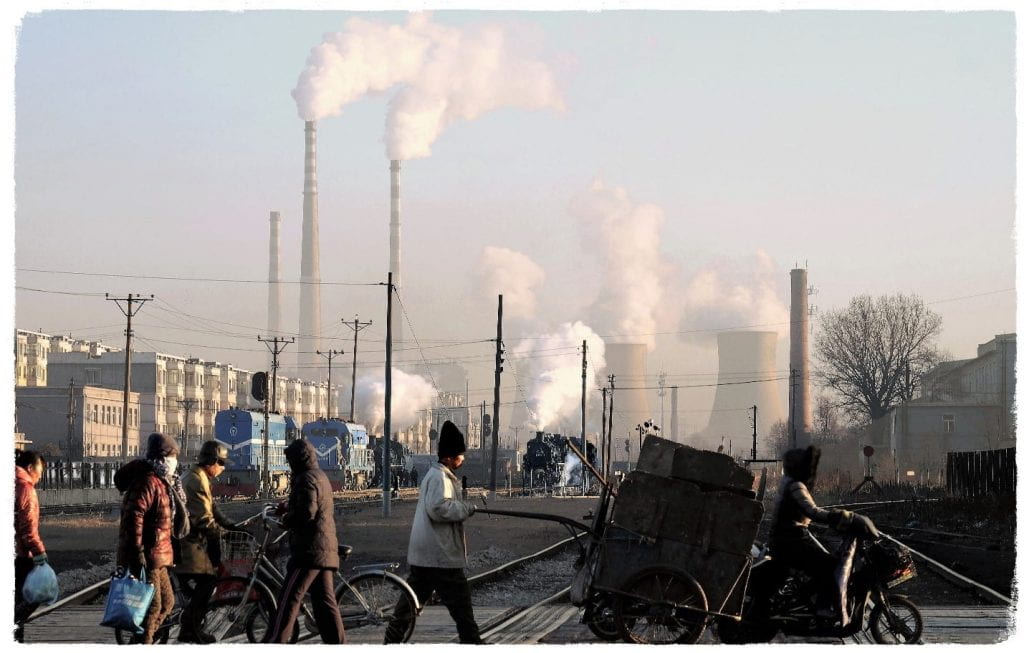
Ultimately, the health and overall quality of life of communities should not be jeopardized based on socioeconomic status, gender, age and race. GASP, a local Birmingham non-profit, is an important stakeholder in keeping our Birmingham communities air clean. GASP is a local advocate for clean air by:
1) monitoring, reporting and documenting air quality issues,
2) raising awareness of the health effects of air pollution on childhood health outcomes,
3) empowering and better educating local community member on advocacy skills for clean air, and
4) promoting environmental justice through policy change. More information such as contact information is available on their website. Protecting and promoting our environmental health is a community effort.
Organizations like GASP are important in ensuring all American citizens have equal rights to health and life without discrimination. As a community we need to continue to supporting community advocacy and education initiatives about air pollution, as they are major stakeholders in the success of environmental improvement. A healthy and clean environment is possible if we continue to work together.

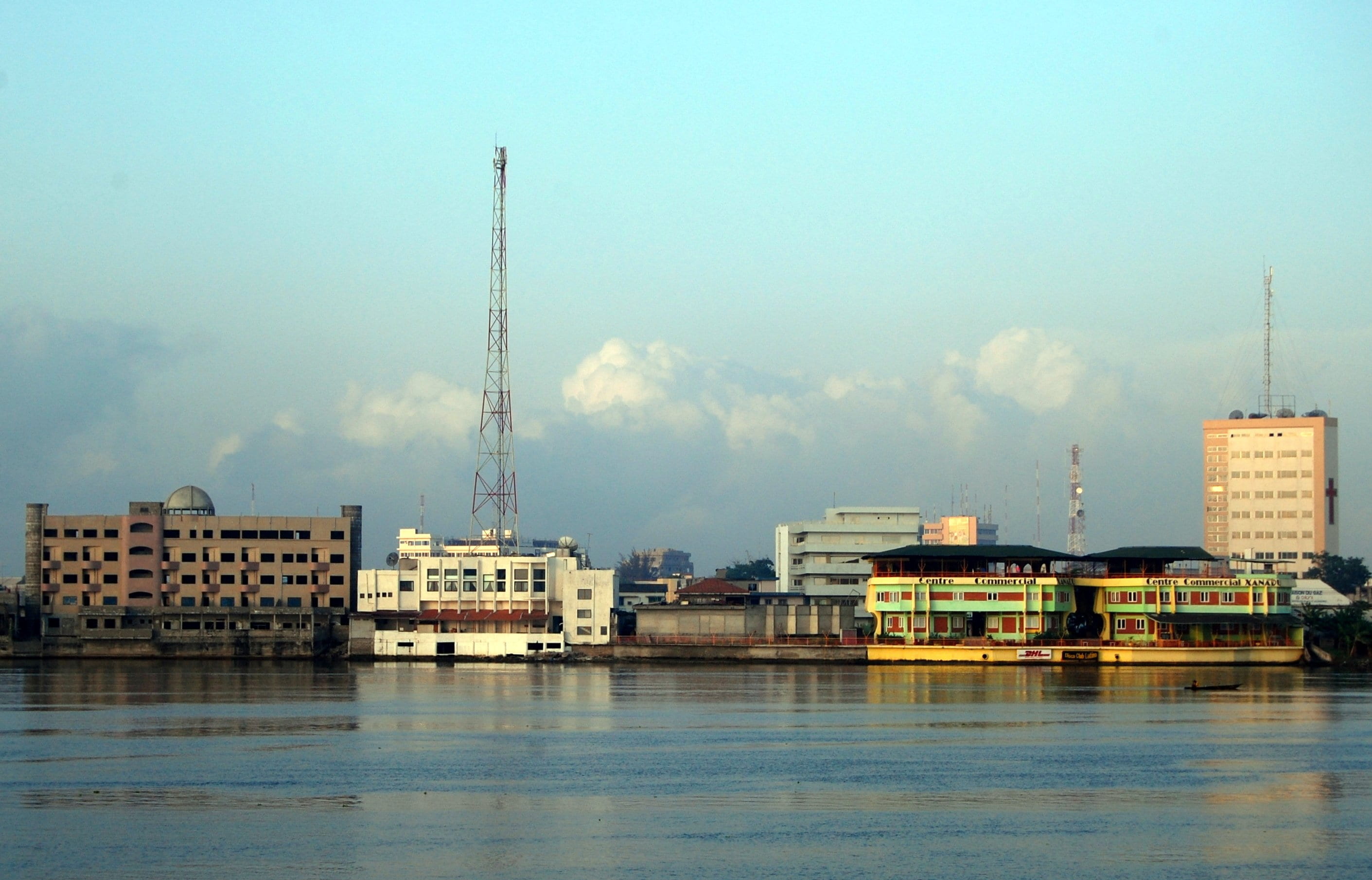
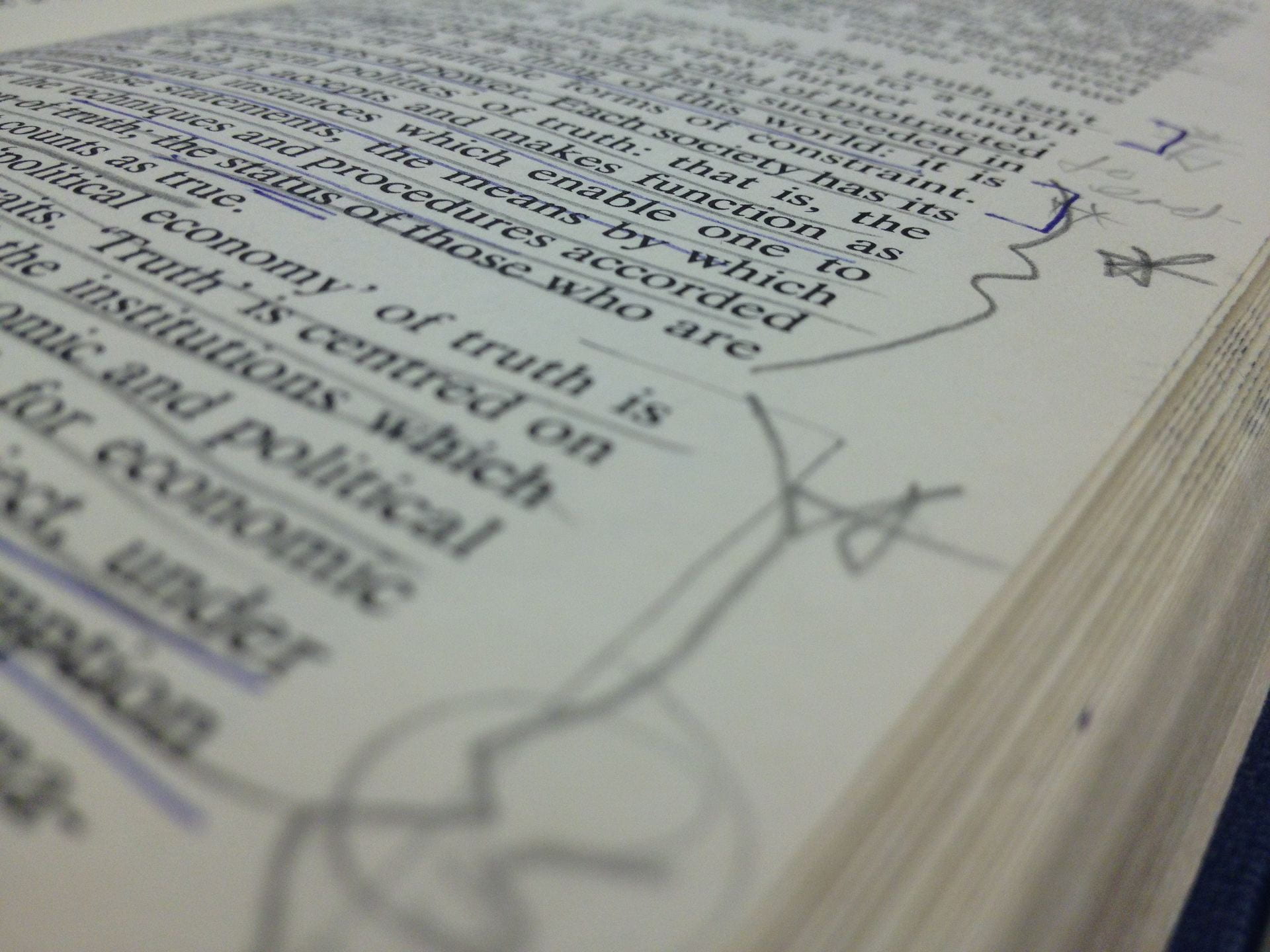
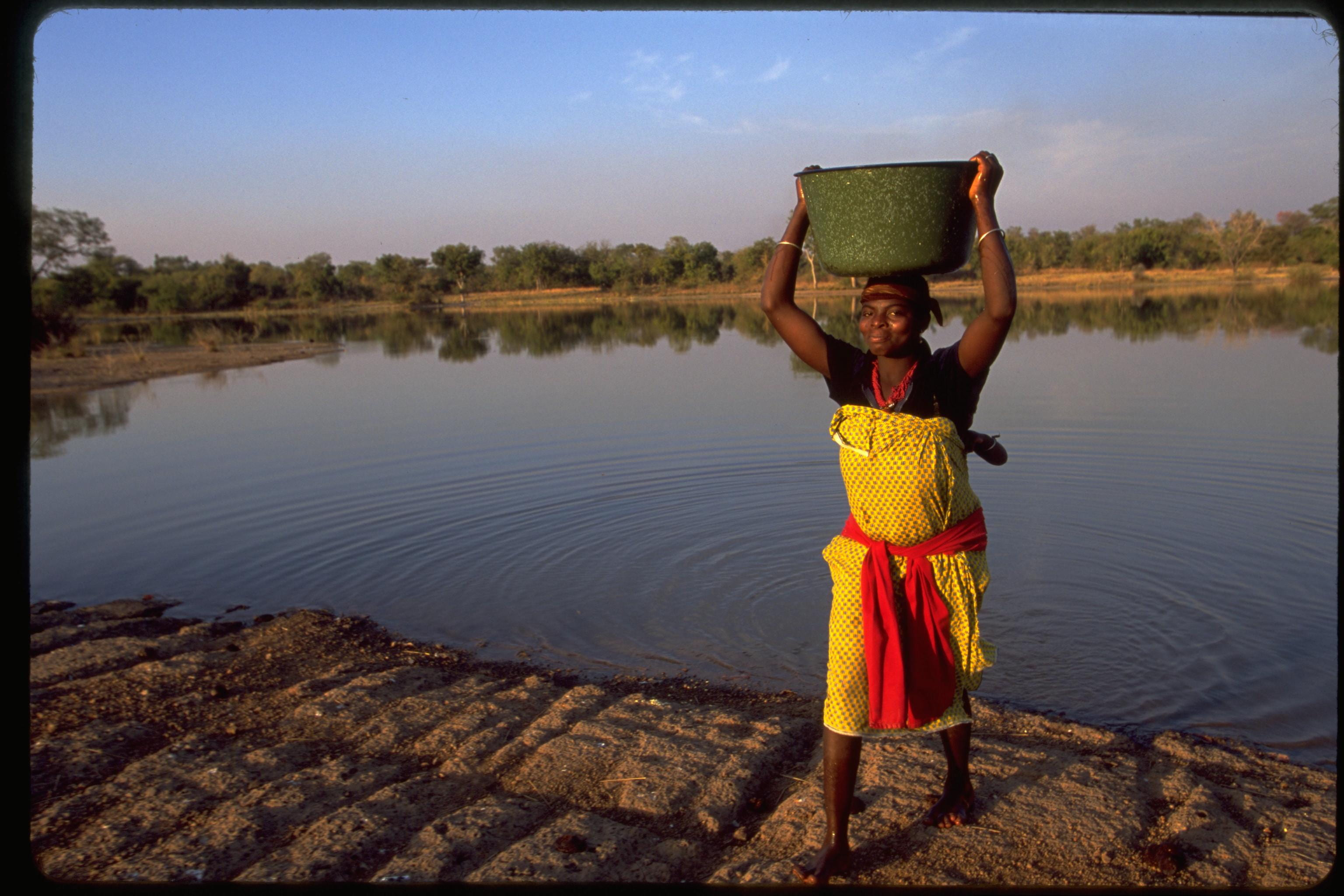

![Congress of Racial Equality conducts march in memory of Negro youngsters killed in Birmingham bombings, All Souls Church, 16th Street, Wash[ington], D.C. (LOC)](https://sites.uab.edu/humanrights/files/2018/02/15336659496_0a3b330baa_o-1024x917.jpg)
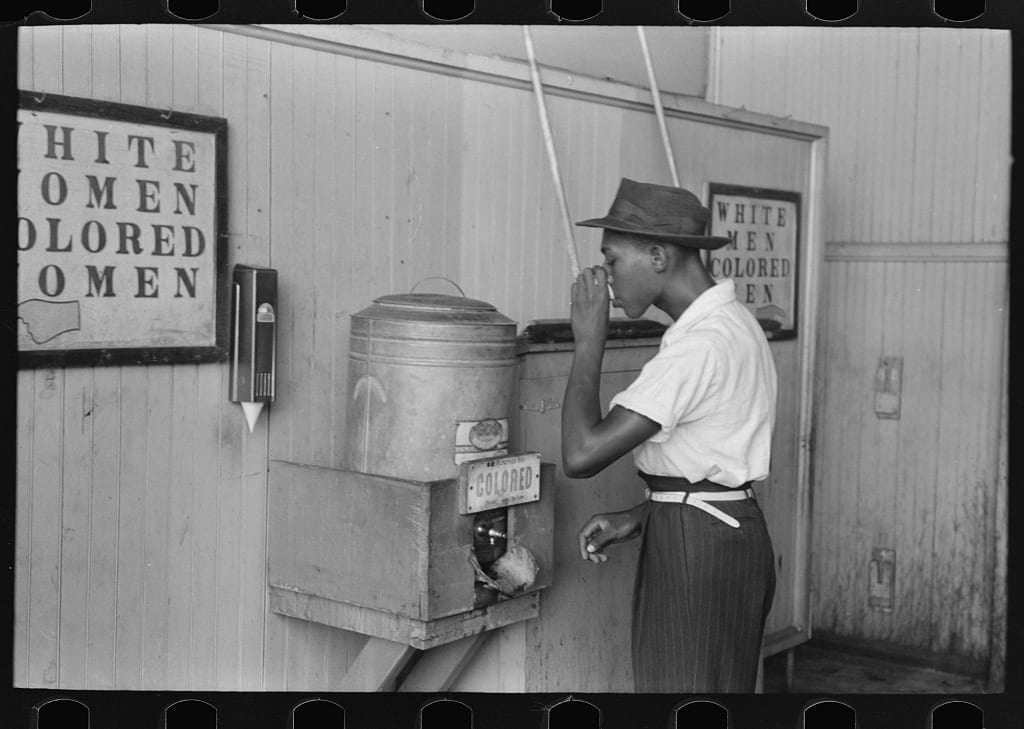
![[Group of African Americans viewing the bomb-damaged home of Arthur Shores, NAACP attorney, Birmingham, Alabama] (LOC)](https://sites.uab.edu/humanrights/files/2018/02/15172976220_6c137e5076_o-1024x682.jpg)
